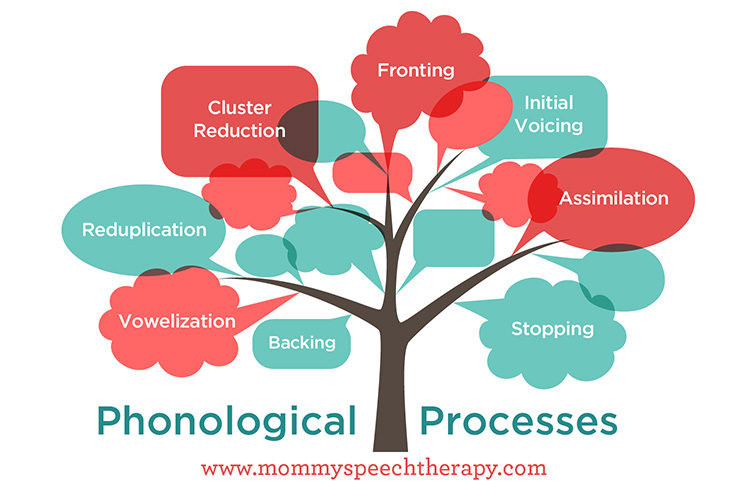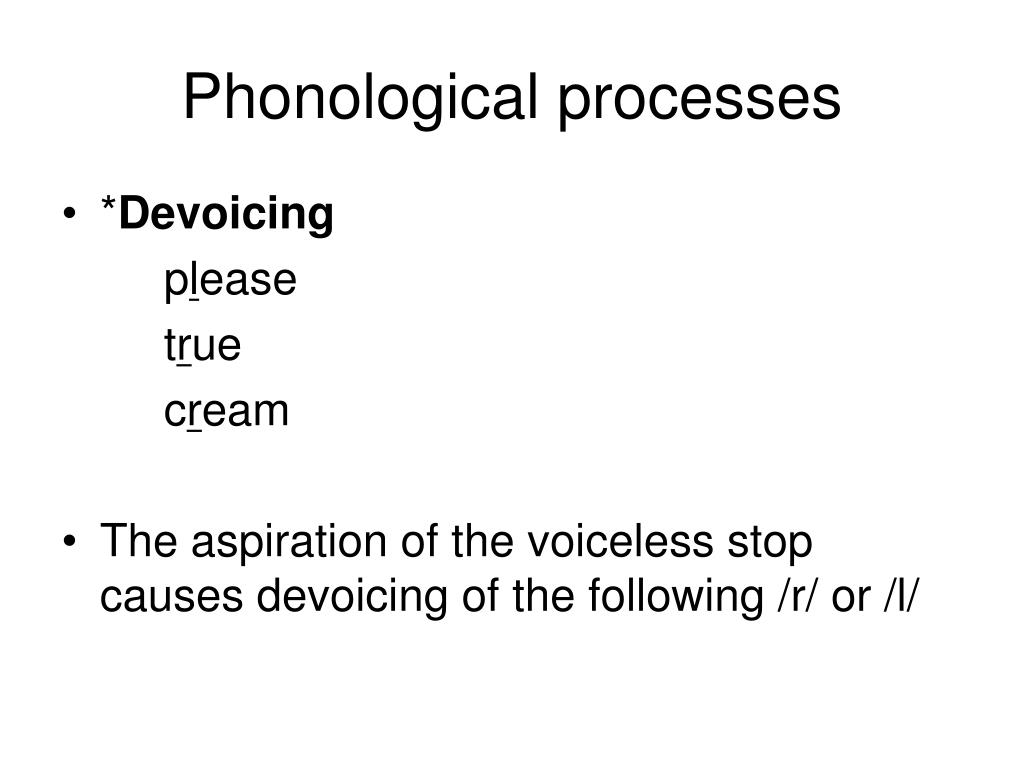

This article provides an overview of natural phonological processes in the dialect of Sistani Persian spoken in Iranian Sistan, and reviews theoretical implications of these processes. Key words: constraints, markedness, faithfulness, harmonic, optimal, ROTB An enriched constraint set is proposed to handle the unique typology of Lubukusu *NC effects. However, the markedness constraints *NC̥ and *CC, proposed by Pater (1996, 1999) and Archangeli, Moll and Ohno (1998) respectively are not sufficient in accounting for Lubukusu data.

Based on Lubukusu language, it is shown that ‘conspiracies’ against the *NC onset sequence can be adequately handled through constraint interaction in which high-ranked markedness constraints ensure that marked onset sequences do not emerge. In this paper, it is argued that multiple processes from *NC effects can fruitfully be accounted for through language-particular ranking of universal constraints based on the syllable structure phonotactics. However, in the recent past, Optimality Theory (Prince & Smolensky 1993/2004) has been able to account for these processes through constraint interaction of markedness and faithfulness. In particular, rule-ordering of the Generative Phonology failed to account for simultaneous processes such as nasal place assimilation alongside post-nasal voicing or hardening. In the traditional rule-based Derivational and Non-Linear Phonology approaches, these processes were explained purely in terms of nasal place assimilation without reference to the syllable structure typology of the specific language.

Most languages consider a nasal-consonant sequence as a marked onset cluster based on sonority sequencing principles and/or other syllable-based phonotactics. Abstract: NC effects refer to phonological processes that are triggered whenever a nasal sound is prefixed before a consonant in the onset position of the syllable cross-linguistically.


 0 kommentar(er)
0 kommentar(er)
